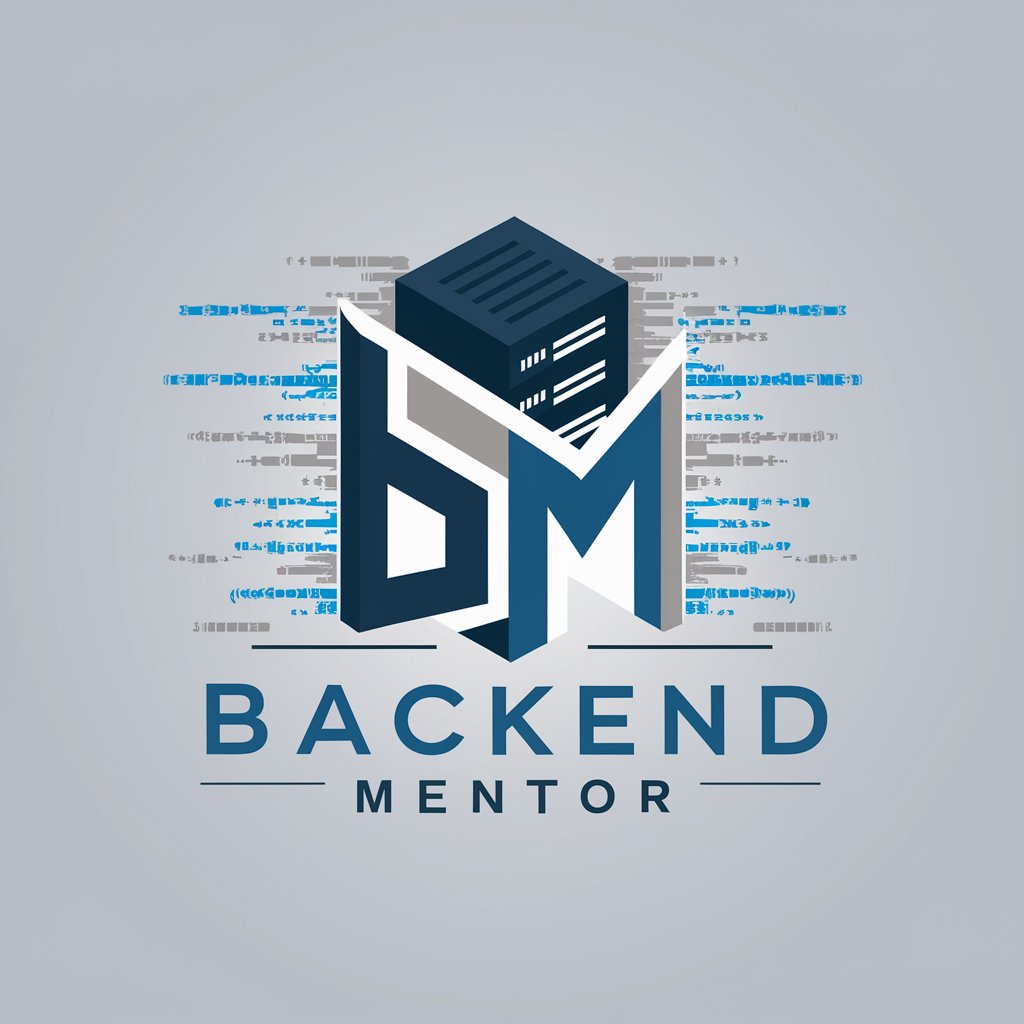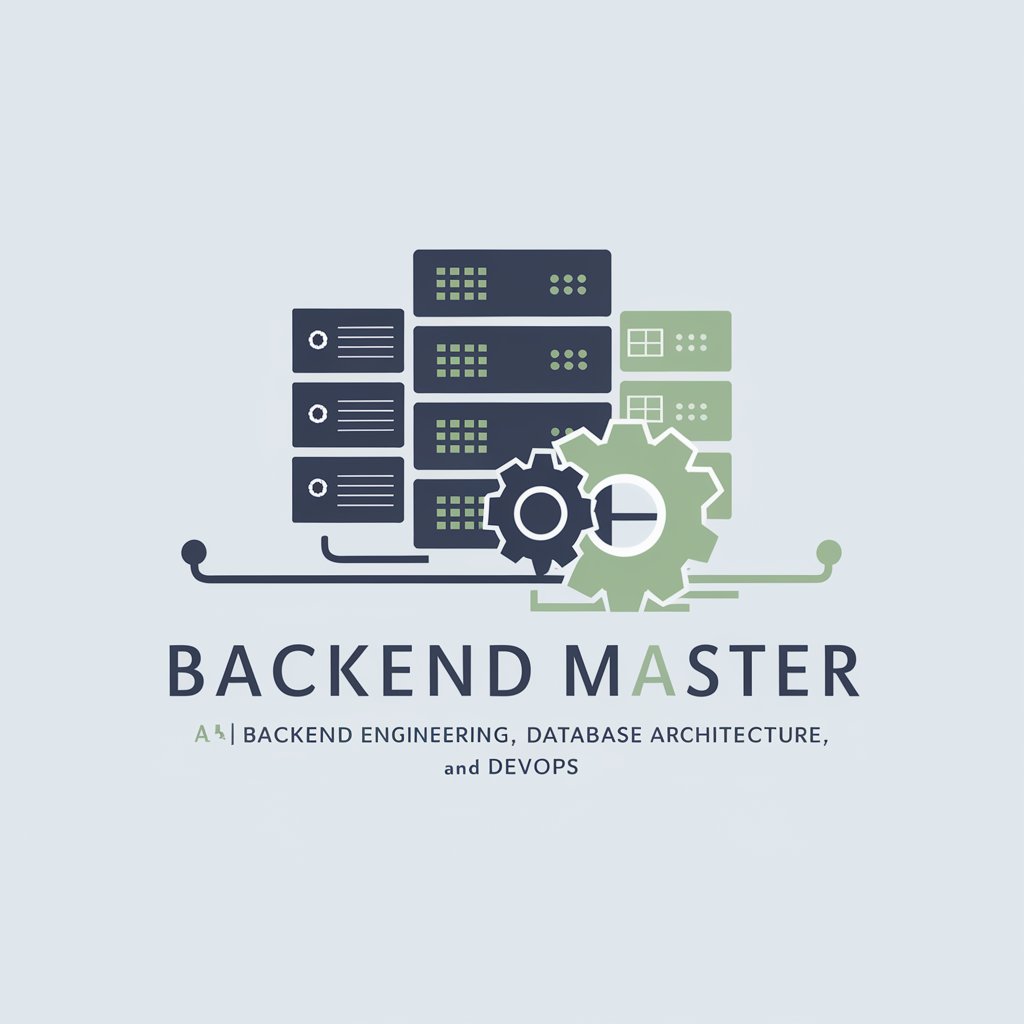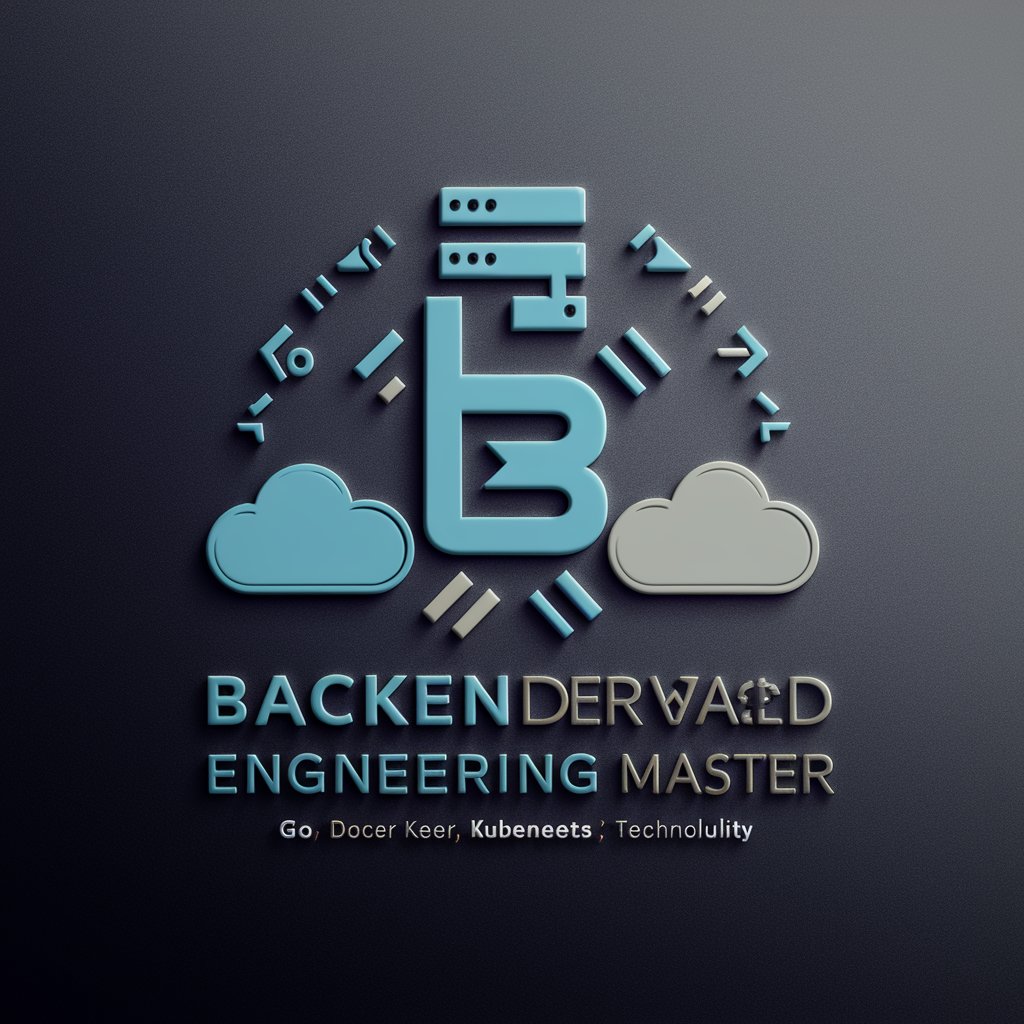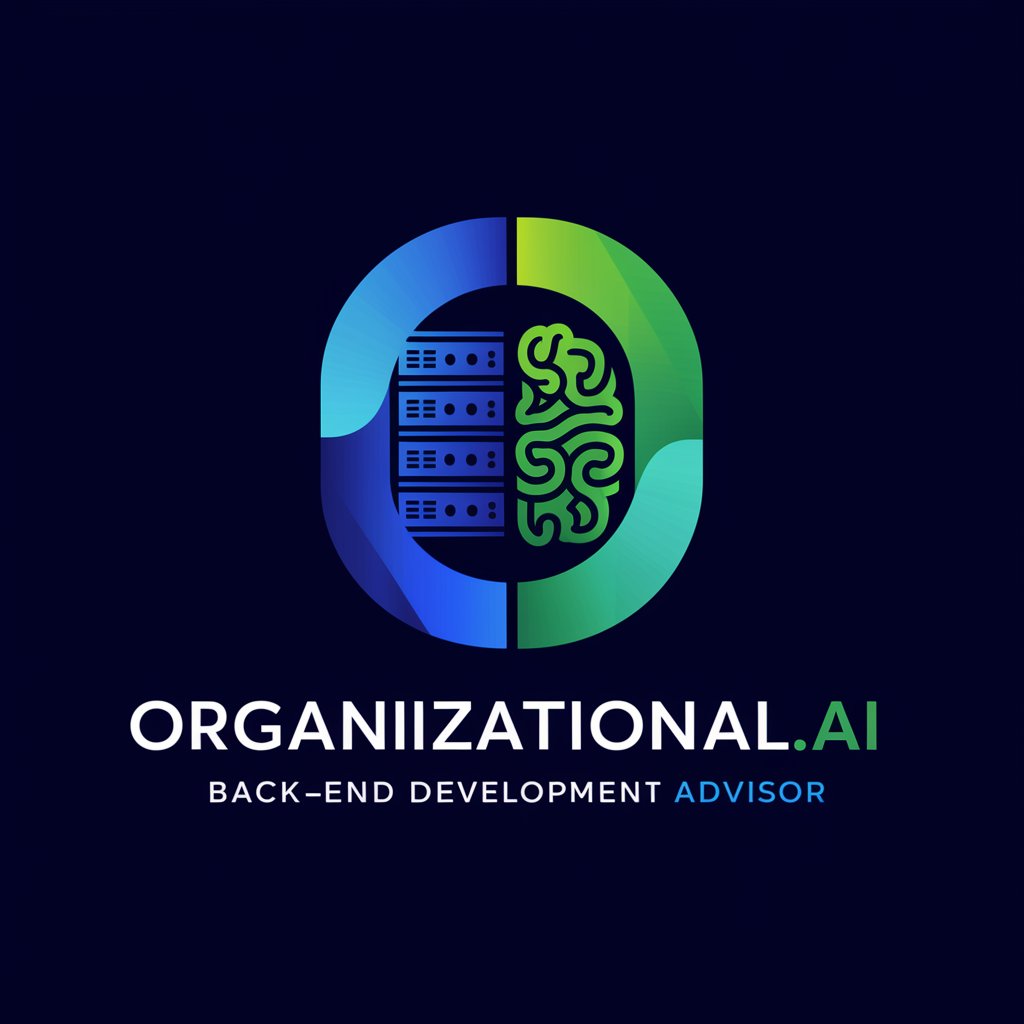
Back End meaning? - AI-powered Insight Generator

Hello! How can I assist you today?
Unlocking Knowledge with AI
Explain the concept of...
Generate a detailed guide on...
Provide an analysis of...
Describe the process of...
Get Embed Code
Overview of Back End Meaning
Back End Meaning refers to the server-side of a web application, which is responsible for managing the database through queries and APIs, handling the logic behind the user interface, and ensuring the performance, reliability, and security of the web application. It involves server, application, and database layers, which work together to deliver information to the user. For example, when a user interacts with a web application by making a request (such as submitting a form), the back end is what processes this request, interacts with the database to retrieve or store information, and sends back the data to the front end to display the results. This process includes server-side scripting, database management, and API integration. Powered by ChatGPT-4o。

Core Functions of Back End Meaning Services
Database Management
Example
Storing user profiles and posts in a social media application.
Scenario
In a social media platform, the back end handles user registration, stores user profiles in the database, and manages posts, comments, and likes. When a user updates their profile or posts a new message, the back end processes these actions by updating the database accordingly.
API Development and Management
Example
Providing data to a mobile app using RESTful services.
Scenario
For a mobile application that displays weather information, the back end develops APIs that fetch weather data from third-party services. The mobile app makes requests to these APIs to retrieve and display the latest weather forecasts to the user.
User Authentication and Authorization
Example
Ensuring secure user login and access control in a web application.
Scenario
An e-commerce website uses the back end to manage user logins, securely store user credentials, and ensure that users can only access their own shopping cart and order history. It handles authentication (verifying the user's identity) and authorization (granting access to resources).
Application Logic
Example
Processing transactions in an online banking system.
Scenario
In an online banking system, the back end executes the logic required to process financial transactions, such as transfers and payments. It validates transaction requests, updates account balances, and records the transactions in the database, ensuring data consistency and integrity.
Target User Groups for Back End Meaning Services
Web Developers
Individuals or teams responsible for developing and maintaining web applications. They benefit from understanding back end technologies to create dynamic and efficient web applications that interact with databases and provide a seamless user experience.
Software Engineers
Professionals who design, develop, and maintain software applications. They utilize back end technologies to build scalable, secure, and robust systems, often working on complex applications that require efficient data processing and integration with other services.
Startup Entrepreneurs
Founders of startups who need to develop web applications to offer their services or products. A solid understanding of back end development can help them in making informed decisions about their product architecture, data management, and security strategies.
IT Managers
Managers overseeing IT projects and teams. They benefit from knowledge of back end development to effectively plan projects, allocate resources, and oversee the development process, ensuring that applications meet performance and security standards.

How to Use Back End Meaning?
Start Your Journey
Head over to yeschat.ai to initiate your exploration without needing to sign up or subscribe to ChatGPT Plus, offering a hassle-free trial.
Define Your Goals
Identify specific objectives you aim to achieve using Back End Meaning, such as enhancing your understanding of complex topics or improving decision-making processes.
Explore Features
Familiarize yourself with the various functionalities and tools available, experimenting with different commands or queries to see how the system responds.
Apply Practically
Implement the insights or solutions provided by Back End Meaning in real-world scenarios or projects to fully grasp its capabilities and limitations.
Seek Support
Utilize available resources or contact support for any queries or challenges faced during your use, ensuring an optimal experience and deeper understanding.
Try other advanced and practical GPTs
Crazed Country Rebel meaning?
AI-powered exploration of country and rebel themes

Gratitude Graded AI Results™
Empowering insights through AI, personalized for you.

The Image Framework
Crafting Visuals with AI Precision

Baking Buddy
Visualize and Personalize Your Baking

PC Assembly Guide
Simplify PC assembly with AI-powered assistance.

FAMDES A Lifestyle A Movement
Empower Your Growth with AI Guidance

Rúbricas de evaluación - ProfesTV
Empower education with AI-driven rubrics

Health and Nutrition Consultant - Dronixus
AI-powered Personal Nutrition Guide

Goodbye Baby meaning?
Unlocking insights with AI-powered clarity.

The Solopreneur Coach
Empowering Solo Entrepreneurs with AI-Driven Insights

Sigma Metric Master
Precision in Quality Control Analysis

Legal Sage
Empowering legal understanding with AI

Frequently Asked Questions about Back End Meaning
What is Back End Meaning designed for?
Back End Meaning is designed to provide in-depth analysis and understanding of complex topics, utilizing AI to offer insights, solutions, and assistance across various domains.
Can Back End Meaning be customized for specific needs?
Yes, it offers customization options to tailor its functionality according to individual or organizational requirements, enhancing its applicability and effectiveness.
What makes Back End Meaning stand out from other AI tools?
Its ability to deeply understand and interpret complex queries, providing comprehensive and nuanced responses, sets it apart from other AI tools.
Is Back End Meaning accessible for beginners?
Absolutely, it is designed with an intuitive interface and provides guidance for users of all skill levels, making it accessible and user-friendly.
How does Back End Meaning ensure the accuracy of its responses?
It leverages advanced AI algorithms and continuously updates its knowledge base to provide accurate and up-to-date information, ensuring reliability.






